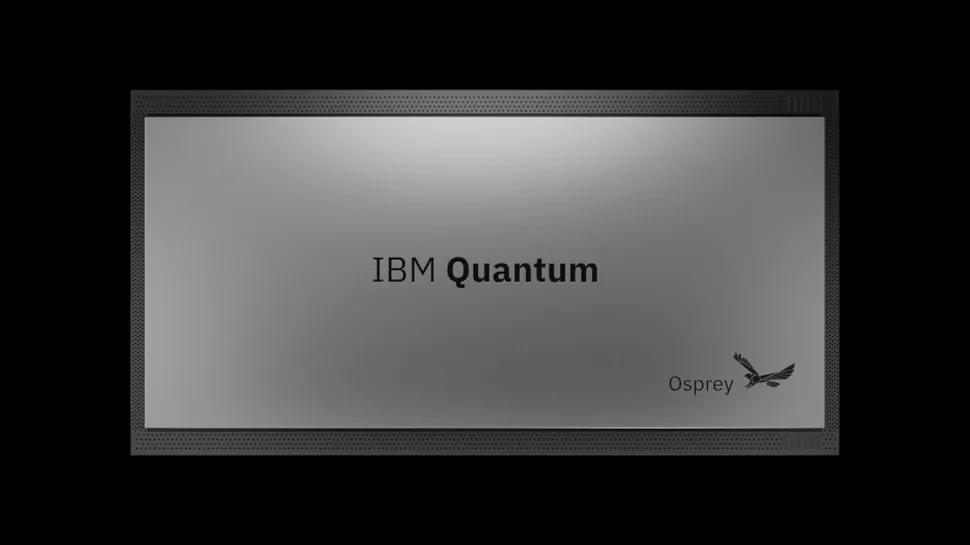The 433 qubit quantum processor that IBM has demonstrated is being hailed as an industry first. The Osprey quantum processor is more potent than its 127 qubit Eagle predecessor, albeit it is still far from what IBM aims to achieve in the future (it plans to have a 4,000 qubit product by 2025).
“The new 433 qubit ‘Osprey’ processor brings us a step closer to the point where quantum computers will be used to tackle previously unsolvable problems. In the expectation that their efforts will prove foundational for the coming era of quantum-centric supercomputing, IBM will be working with its partners internationally to develop the area across all frontiers, from software to hardware”, noted IBM senior vice president and director of Research Darío Gil.
The future of quantum computing is already the subject of certain specific initiatives from IBM. In keeping with the avian theme, it plans to introduce the Condor processor with 1,121 qubits in 2023, the Flamingo with 1,386 in 2024, and the Kookaburra with 4,000 qubits in 2025.
Naturally, problems arise in a sector that is so fresh and unexplored. The extraordinary sensitivity of quantum computers, which makes them far from as trustworthy as conventional computers, is one of their main current limitations. Physical interferences in the system’s operation can result in errors, which is a major problem. With the most recent iteration of their Qiskit Runtime, which will enable programmers to slow down their systems in favour of fewer errors, IBM hopes to address this issue.
The quantum principle, which asserts that subatomic particles can be in two states at once, is the foundation of quantum computing. The foundation of modern computer technology is digital binary, where each bit of data is represented as either a zero or a one. In contrast hand, a quantum computer operates on quantum bits, or qubits, which can simultaneously be zero and one.
The benefit of all this is that quantum computers can perform calculations far more quickly and can achieve feats that aren’t even achievable with conventional computers.








